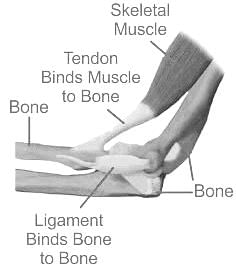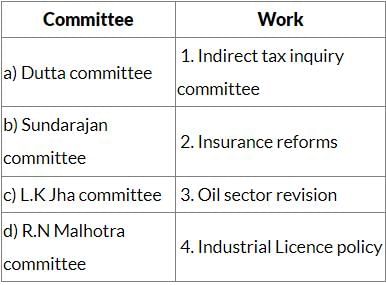BPSC Prelims Mock Test - 7 - BPSC (Bihar) MCQ
30 Questions MCQ Test BPSC Prelims Mock Test Series & Past Year Papers 2024 - BPSC Prelims Mock Test - 7
Which of the following medieval cities of Delhi is correctly matched to its founders?
Which of the following is not a feature of the Cabinet Mission Plan.
| 1 Crore+ students have signed up on EduRev. Have you? Download the App |
Which of the following river is also known as Uttara Pinakini?
All cases relating to interpretation of the Constitution can be brought to the Supreme Court under
During which five-year plan, the Government of India adopted a regional approach to agricultural planning?
What kind of salt is obtained from the reaction of a weak acid and a strong base?
A triangle ABC has been divided into four smaller triangles P, Q, R, S whose perimeters are 16 cm, 12 cm, 4 cm and 12 cm respectively. P, R and S contain the vertices A, B and C respectively. What is the perimeter of the triangle ABC ?
Which of the following is incorrect regarding Trade Receivables Discounting System (TReDS) platform?
Railway Ministry has outlined a five-pronged plan to become carbon-neutral by which year?
Which one of the following was not a dominant caste in Bihar during the pre-independent period?
Which among the following pairs of districts of Bihar were created by British with the year is not correctly matched ?
Who among the following laid the foundation of the Chola Empire in the IX century A. D.?
How many seats were given to depressed classes under Communal Award and Poona Pact?
Which of the following statements is INCORRECT about migration in India?
In the context of National Integration Council, which of the following statements is NOT correct?
Which of the following is NOT a primary macronutrient for plants?
Why absorbed water by the rootlets rises to leaves in plants, in the opposite direction of gravity?
When a hydrocarbon is burnt it gives yellow flames with black smoke. Which of the following is true regarding hydrocarbon:
Find the least number which must be subtracted from 8143 to make it a perfect square.
NASA’s DAVINCI and VERITAS missions recently seen in news, is related with
Recently in news, Bihar government launched BeFIQR app.Which of the following statement is/are the correct regarding the app?
|
3 docs|29 tests
|
|
3 docs|29 tests
|
























